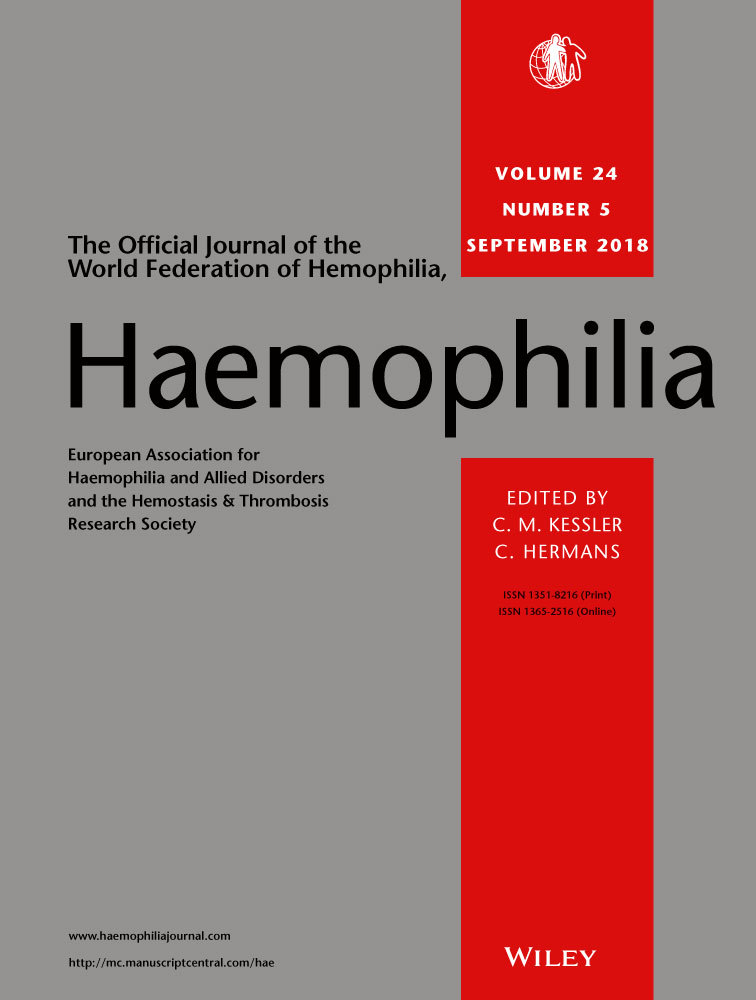Rate and appropriateness of polypharmacy in older patients with hemophilia compared with age-matched controls
Abstract
Background
In older people, multiple chronic ailments lead to the intake of multiple medications (polypharmacy) that carry a number of negative consequences (adverse events, prescription and intake errors, poor adherence, higher mortality). Because ageing patients with haemophilia (PWHs) may be particularly at risk due to their pre-existing multiple comorbidities (arthropathy, liver disease), we chose to analyse the pattern of chronic drug intake in a cohort of PWHs aged 60 years or more.
Patients and methods
S + PHERA is a multicentre observational study, with the broad goal to evaluate prospectively the health status and medication intake in 102 older patients with severe haemophilia A or B compared with 204 age- and residence-matched controls chosen randomly from the same general practices of PWHs. The rate of potential drug-drug interactions (PDDI) was evaluated as a proxy of prescription appropriateness.
Results
After excluding replacement therapies and antiviral drugs, PWHs took in average less daily drugs than controls (2.4 ± 2.5 vs 3.0 ± 2.4) and had a lower rate of polypharmacy. Moreover, their prevalence of PDDI was lower (16.7% vs 27%).
Conclusions
The rate of polypharmacy and the appropriateness of medications other than those for haemophilia and related comorbidities are acceptable in Italian PWHs, and better than those in their age peers without haemophilia, perhaps owing to drug tailoring and deprescribing by the specialized haemophilia centres at the time of regular visits. However, the PWHs investigated herewith were relatively young and the rate of polypharmacy and related PDDIs may become more prominent and crucial when older ages are reached, suggesting the need of continuous surveillance on prescribed drugs and the risk of drug-drug interactions.




